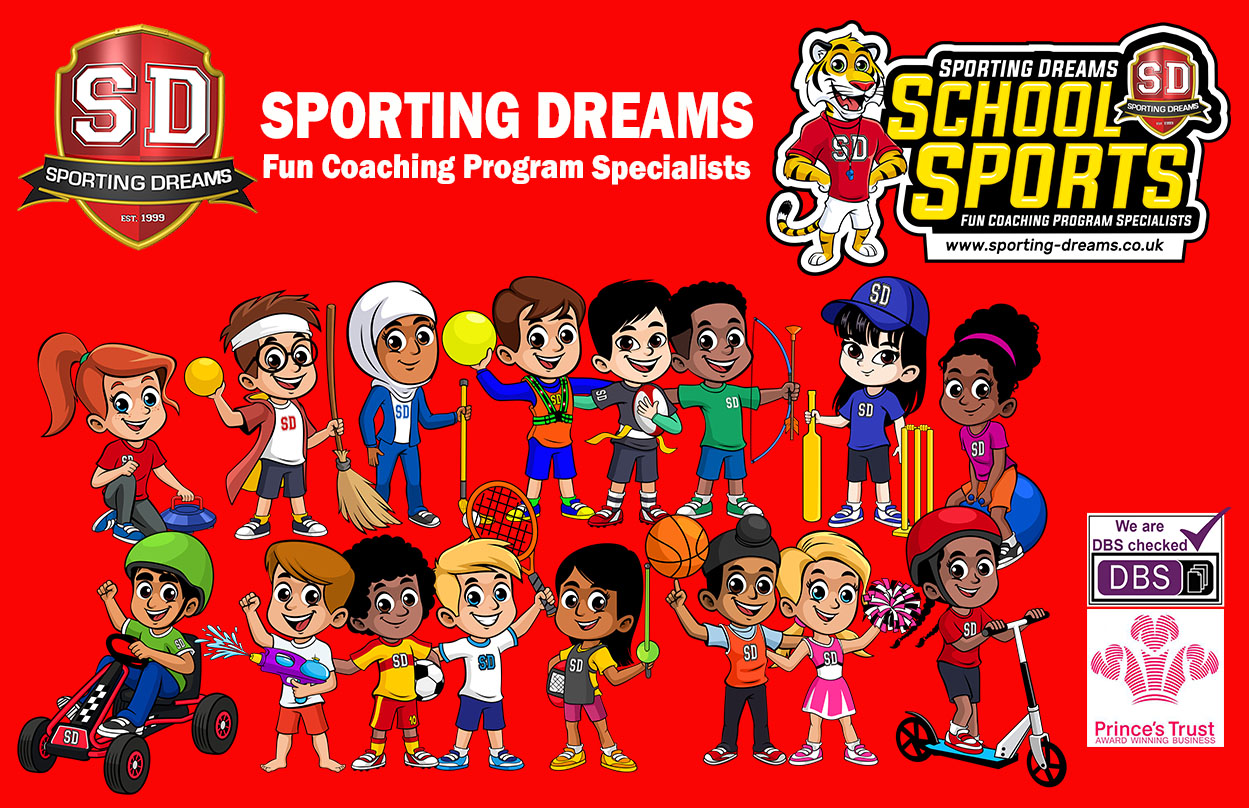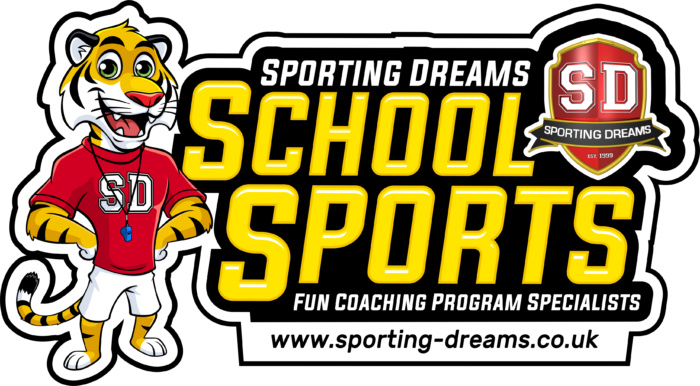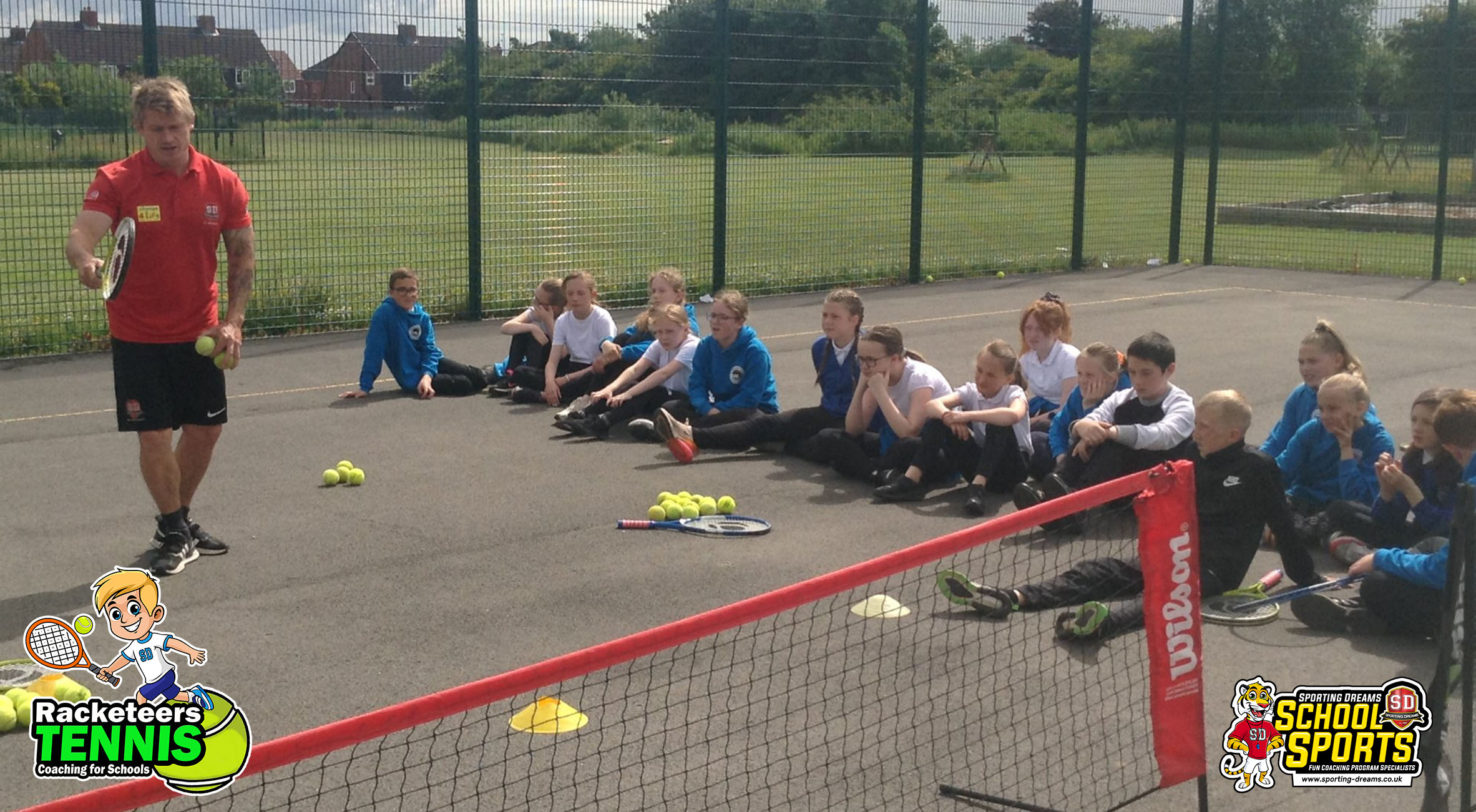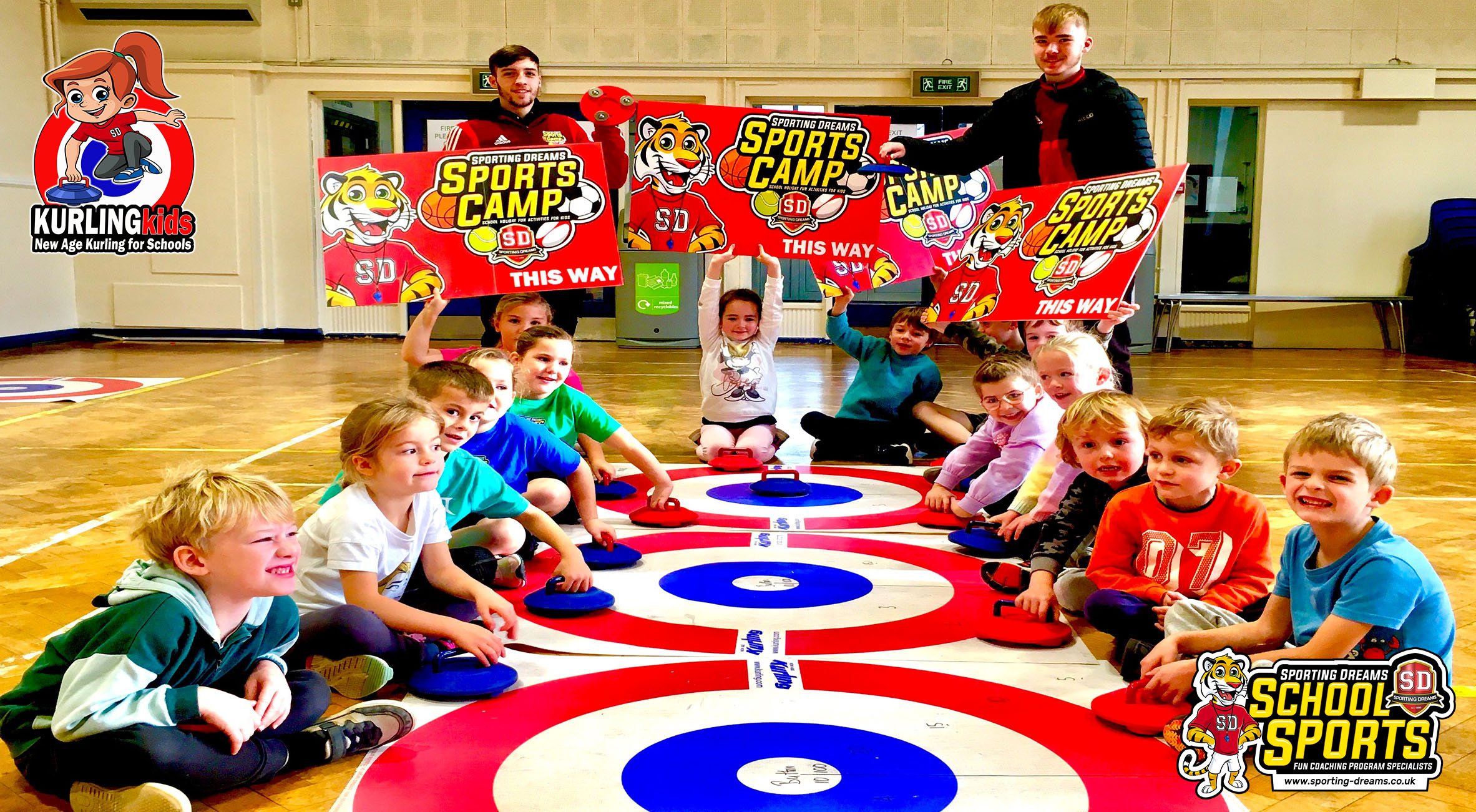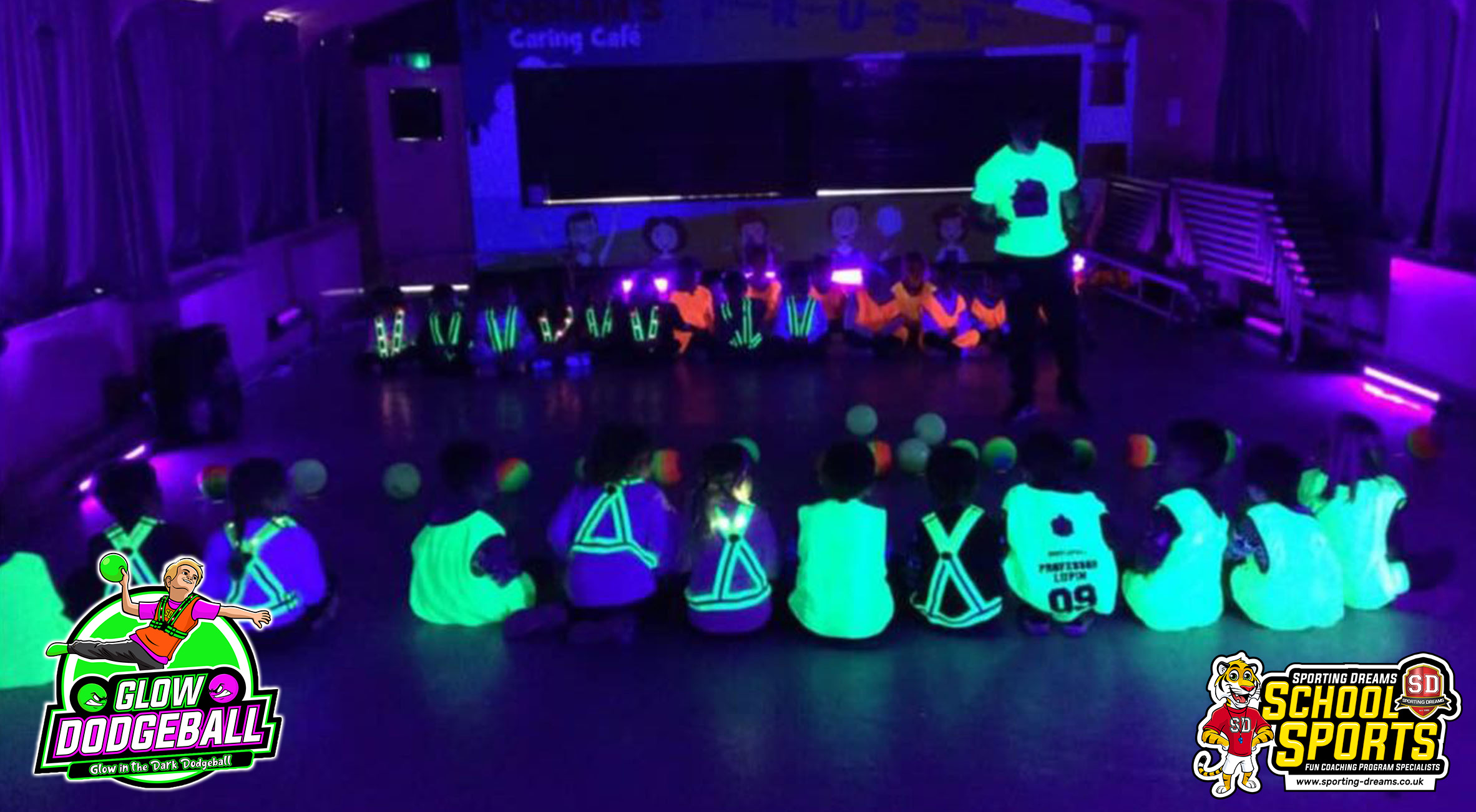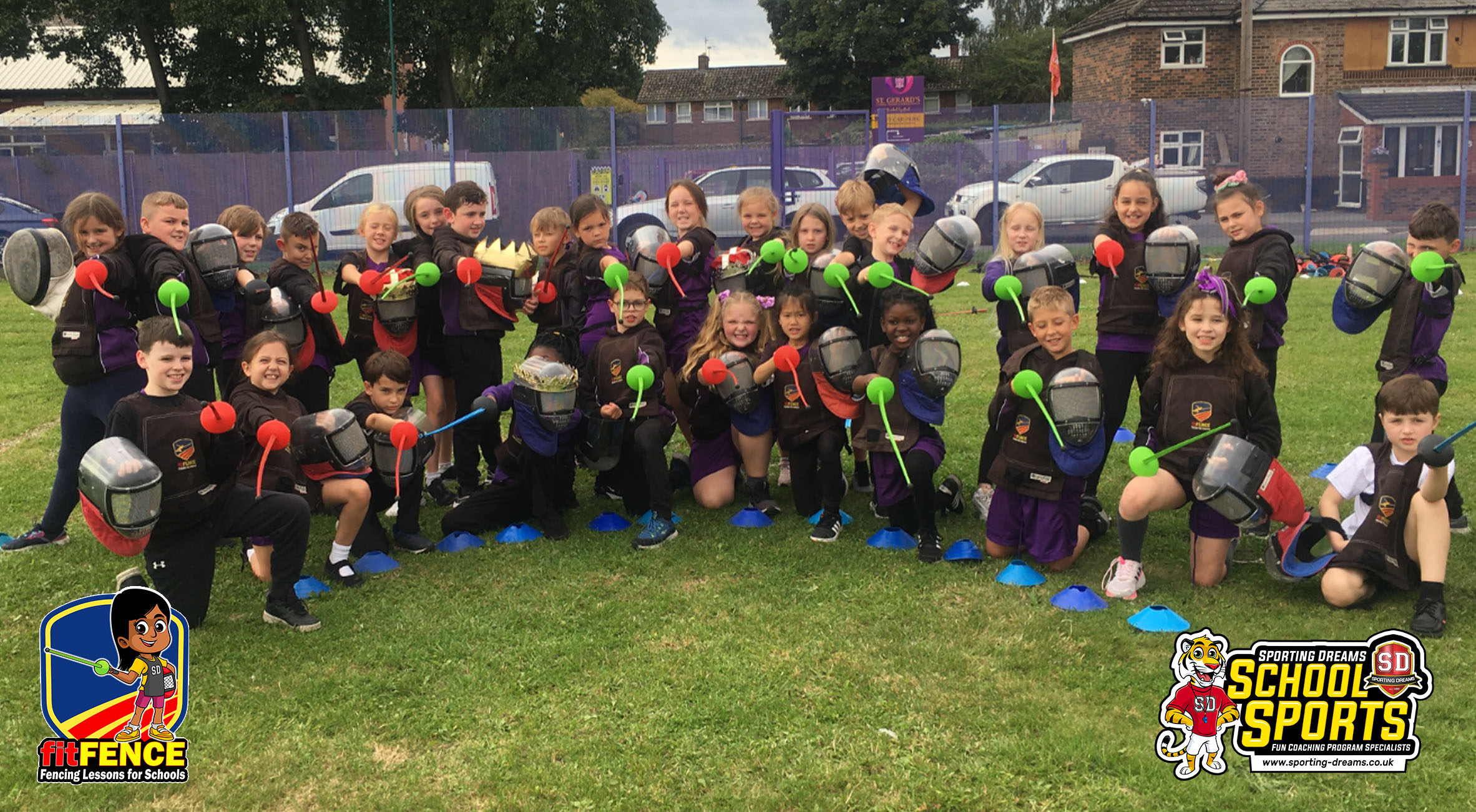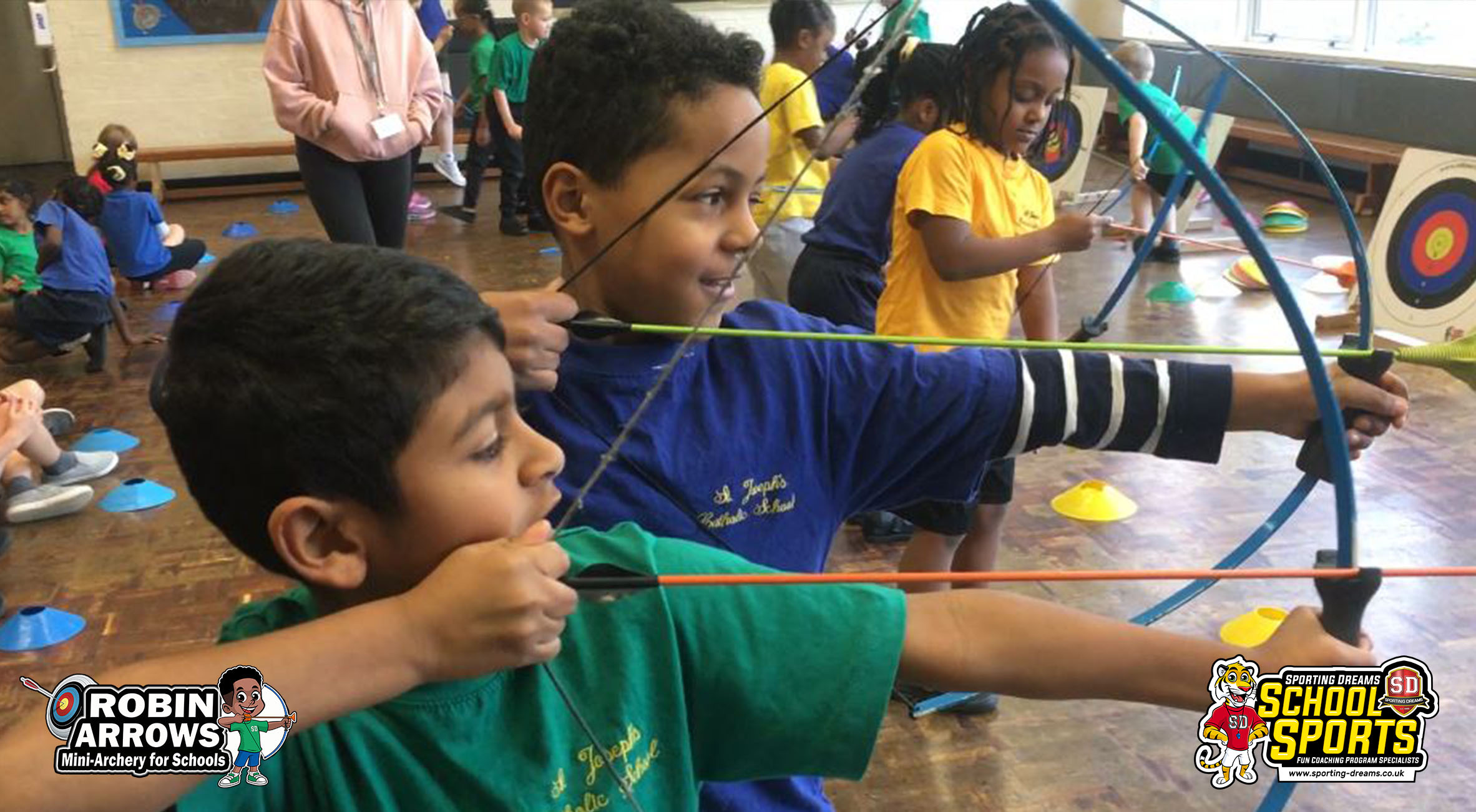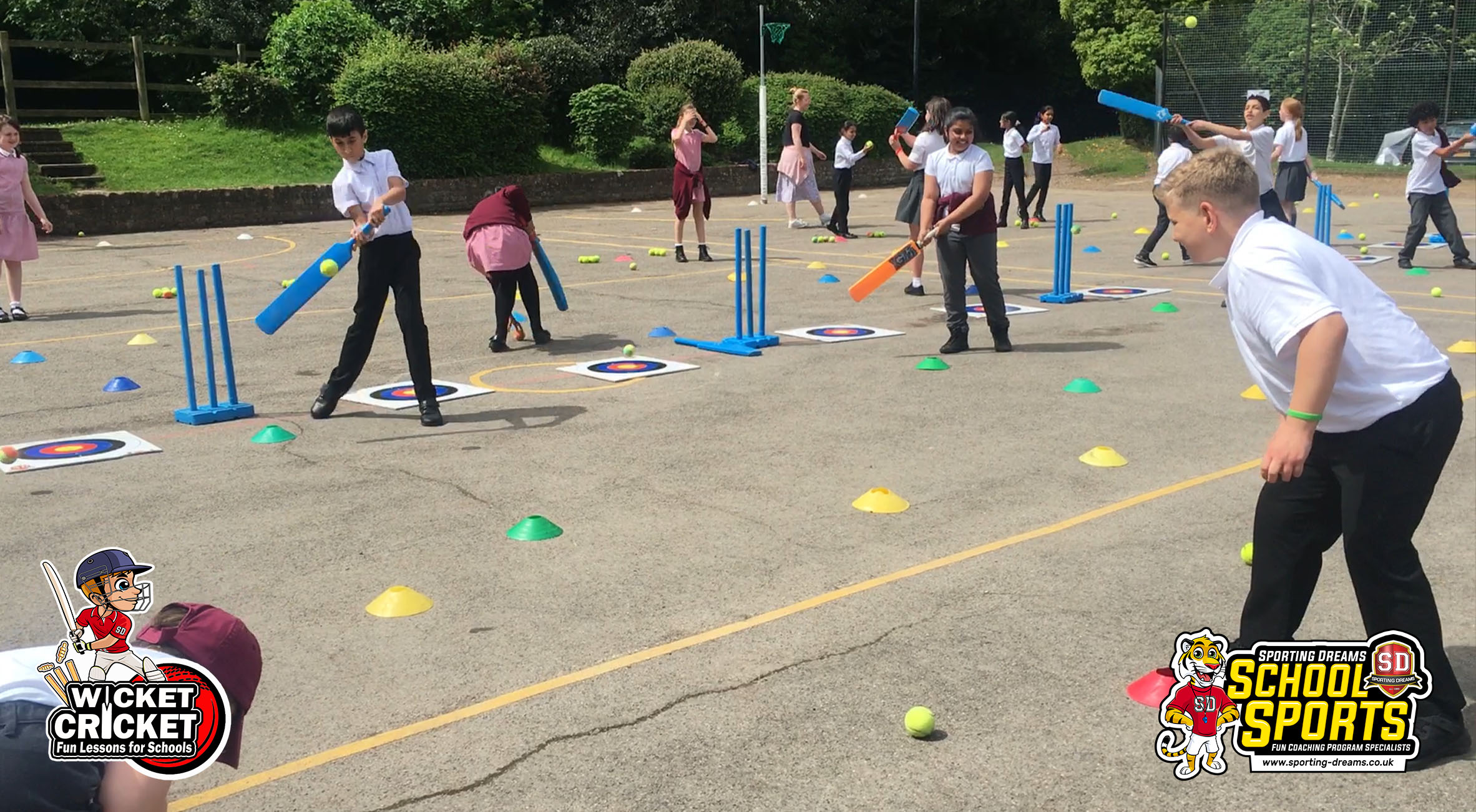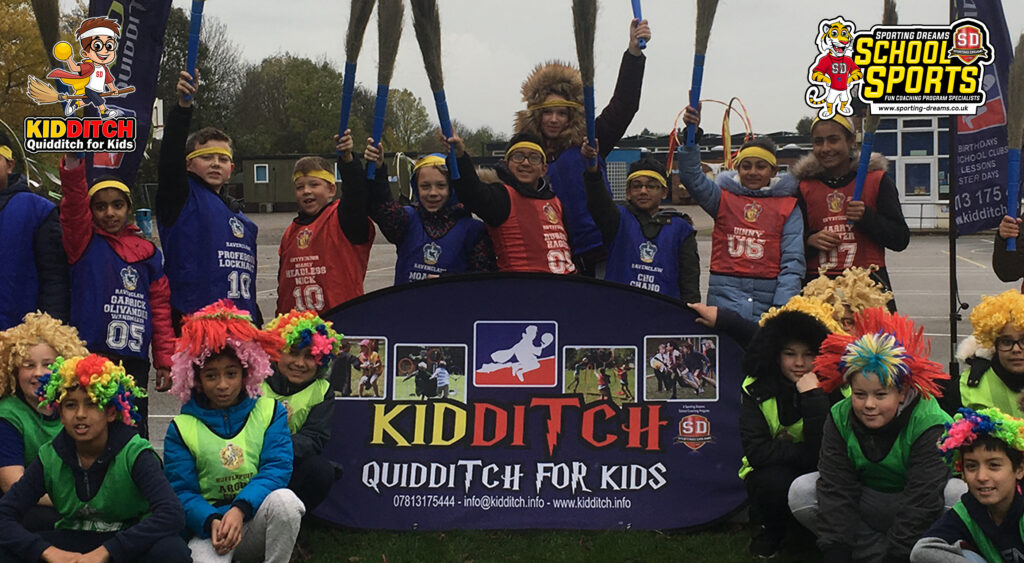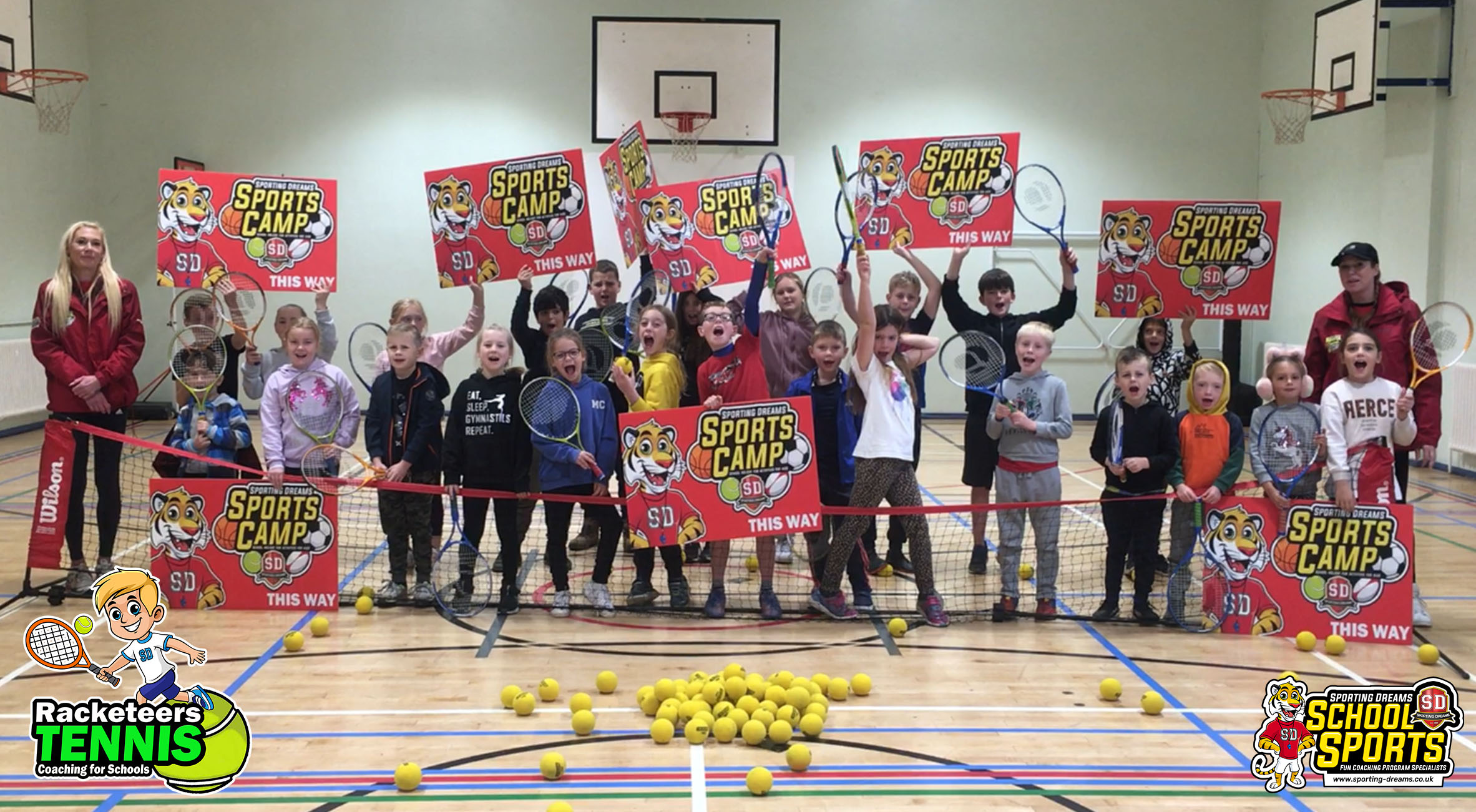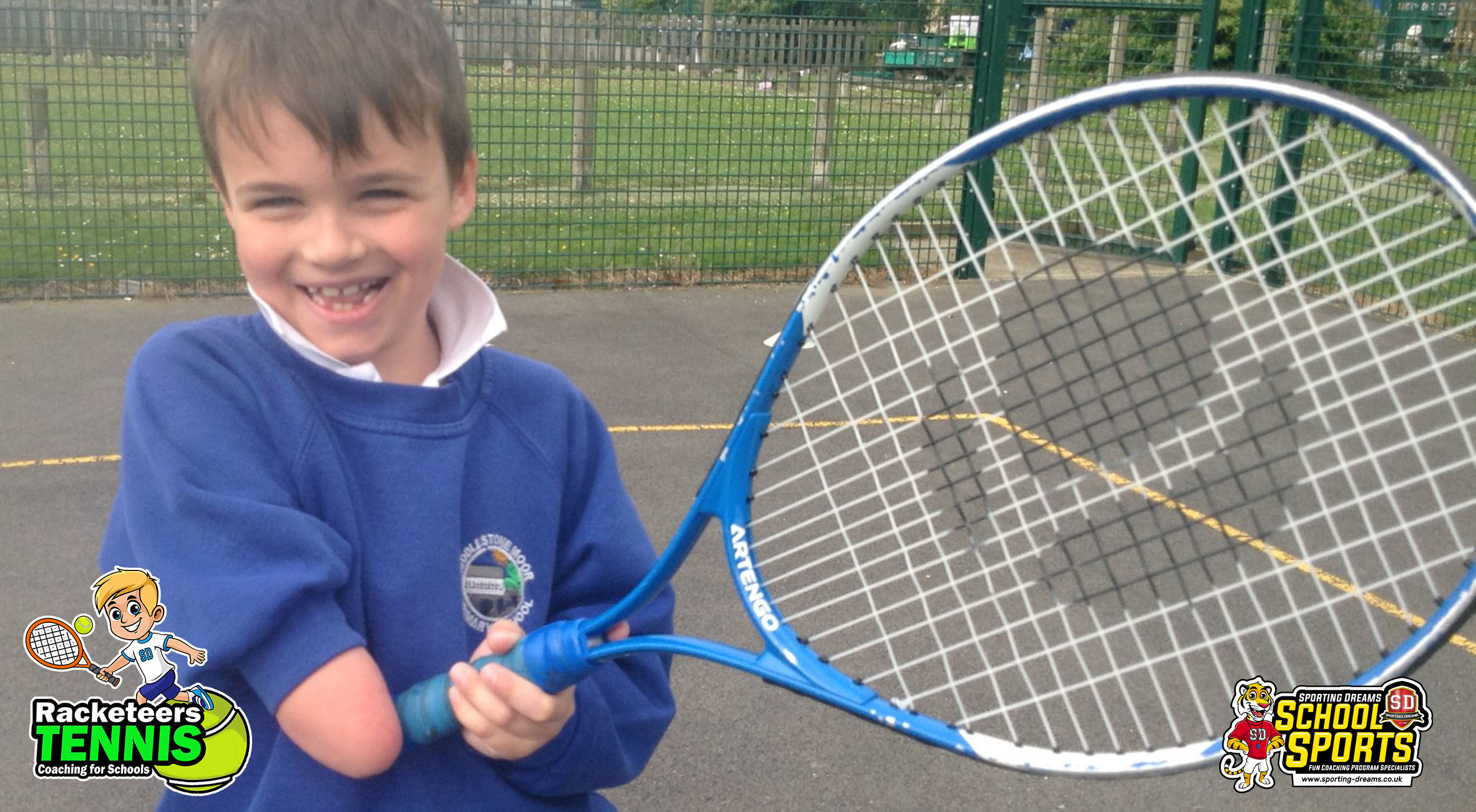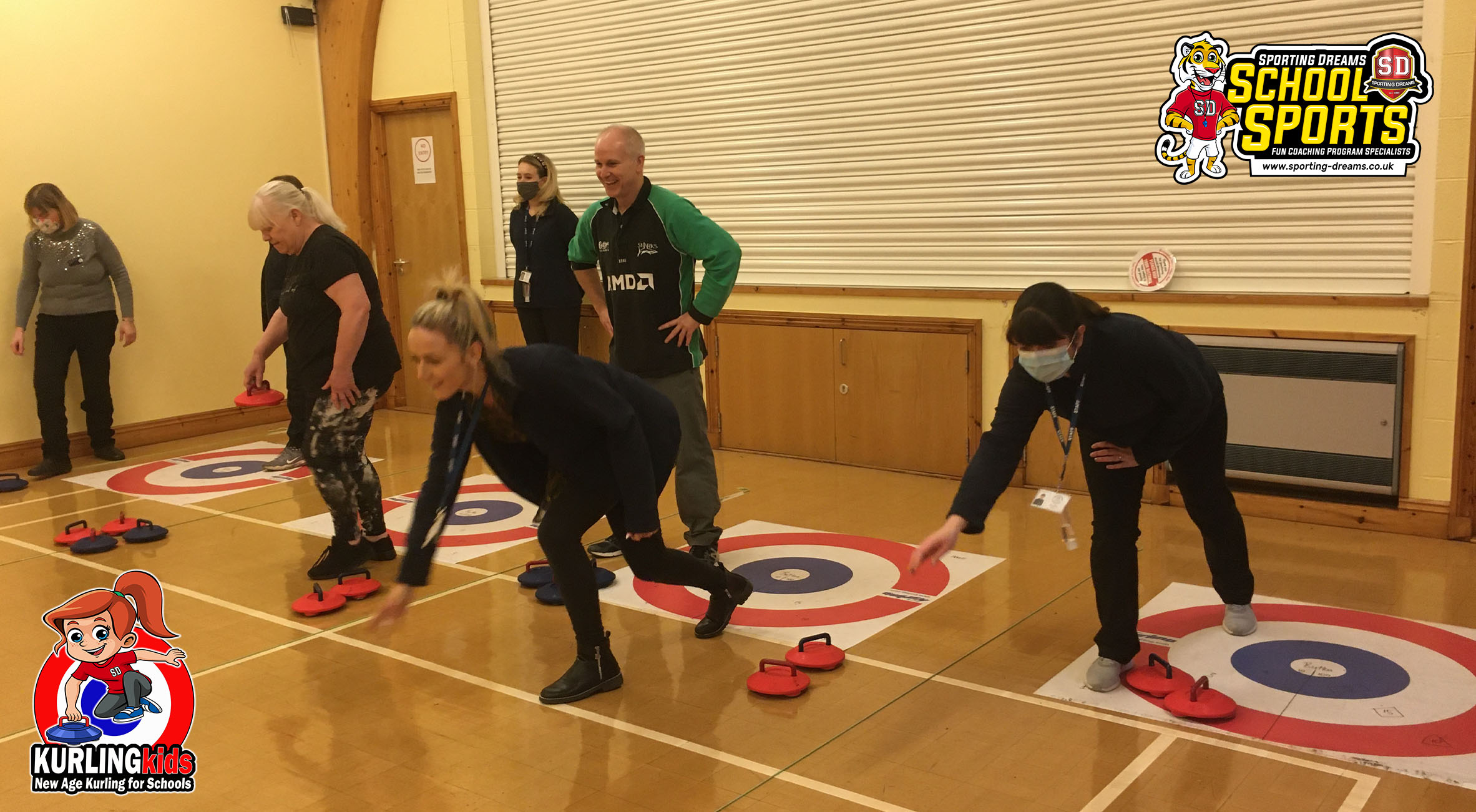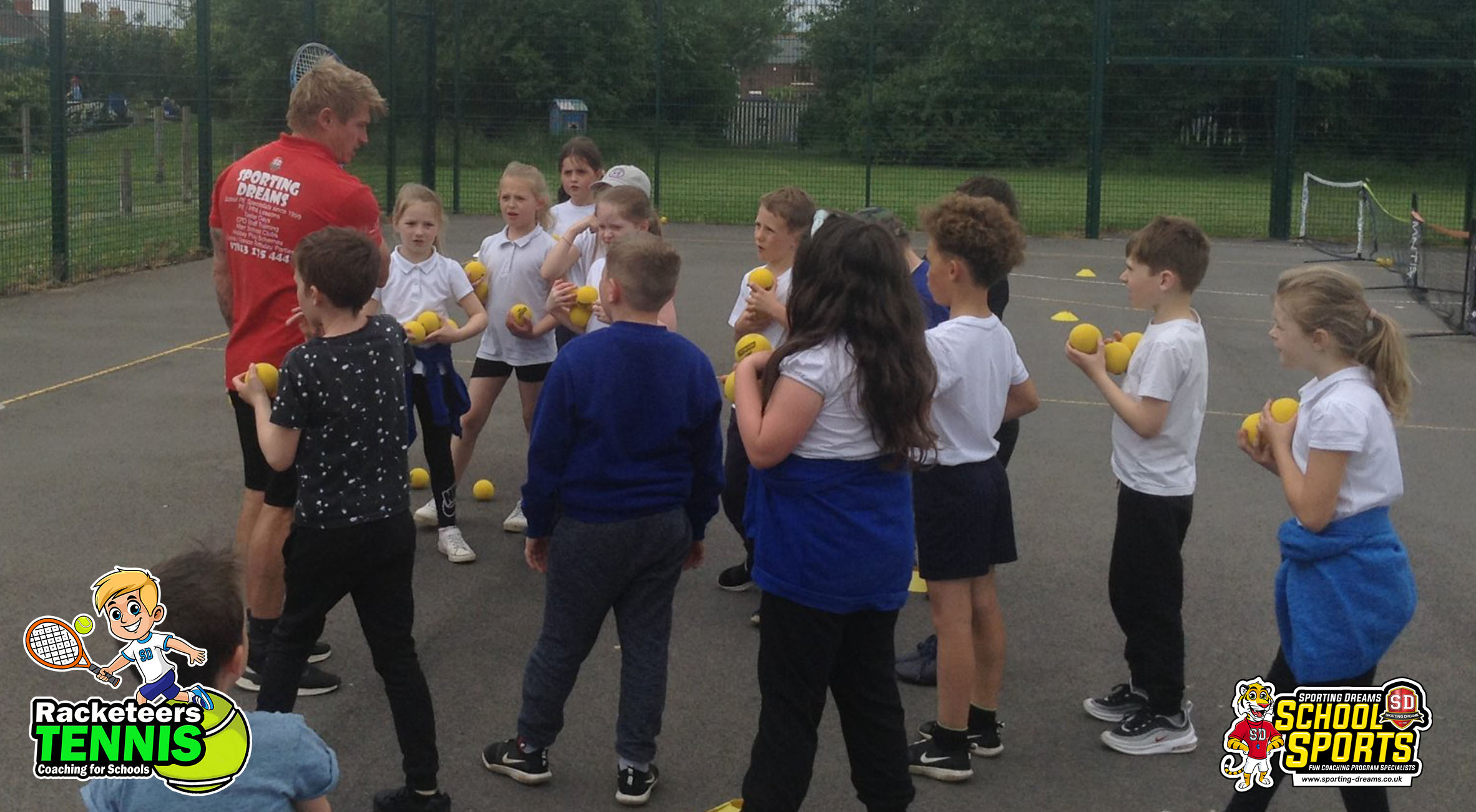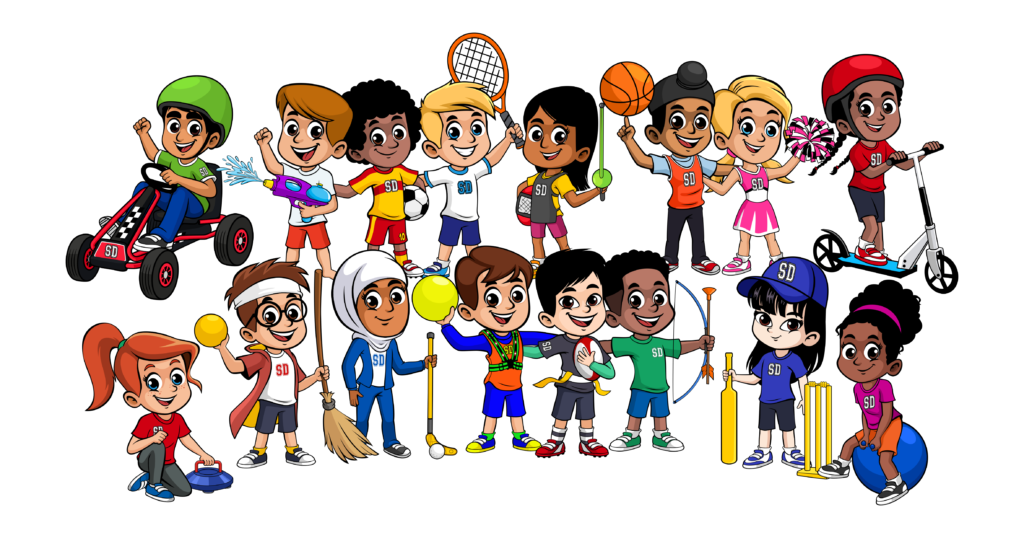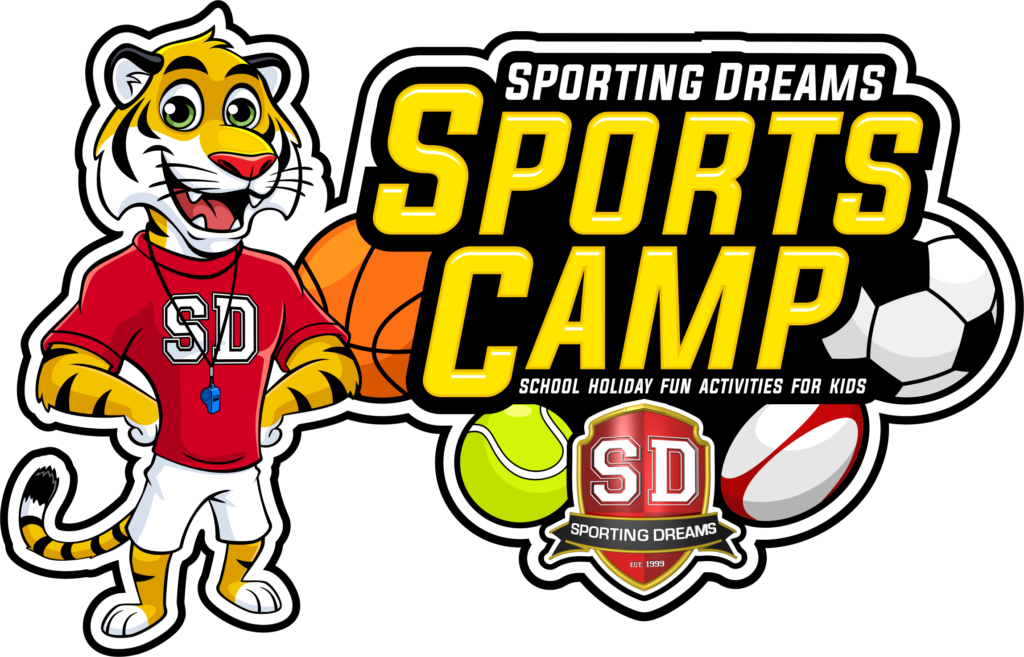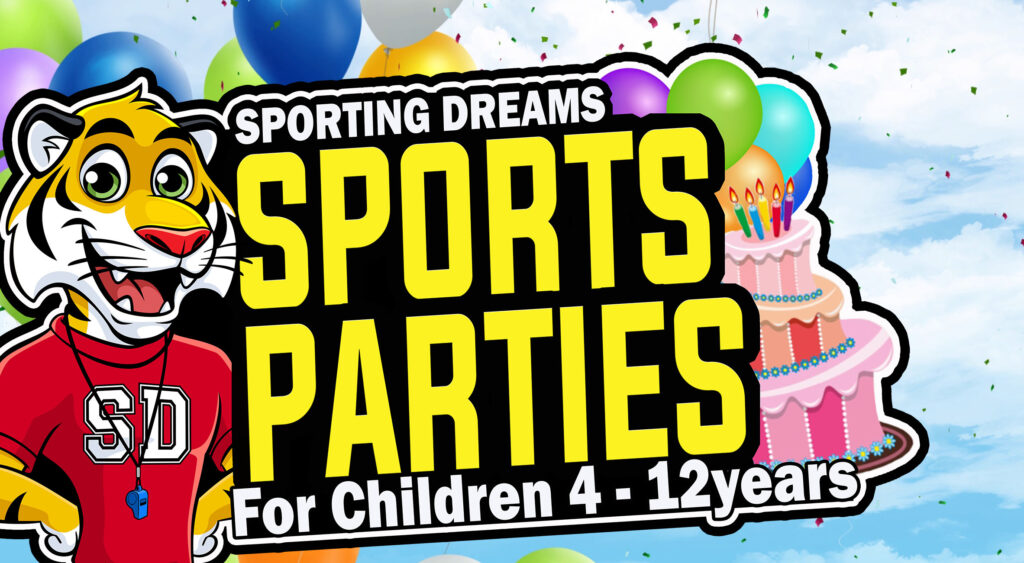Our Foundations
Including;
Our Approach
Our Coaching Methods
Lesson Plan and structure
Our Use of discipline
Communication & Behaviour
Procedures we Use to create and maintain a fun and safe learning environment
Our Foundations:
Hello Head Teachers, PE Leads, Parents and Potential Colleagues .
This section is quite detailed but it does form the core of our business and is essential information to those schools and parents who want a deeper understanding of the thinking that goes into planning and delivering our lessons.
The end goal is to give children a “WOW, that was an amazing experience, can we do it again?“. But we need good listening and positive behaviour to get to this point and the information in this section helps put into place the firm foundations for quality learning at the early stages. Time is invested at the start of our lessons to get children into the correct mind set for the lesson, but from our experience the basic information here helps efficiency and increases the quality of our lessons.
We would expect job candidates to read this section so that they understand our business and how our instructors will encourage children’s behaviour, outlook and attitudes towards participating in sport and healthy exercise for many years to come.
Our Approach:
We use sports and fun orientated games and activities as tools to help develop many transferable skills such as Balance, Spatial Awareness, Eye-Hand Coordination, Improving Reaction Time as well as Sport Specific Skills Coaching.
All lessons work on installing children’s Confidence and Self-esteem as well as Social Interaction, Teamwork and Cooperation. We attempt to create lessons which are 100% engaging and which allow children to have loads of attempts at learning an action of a skill in quick succession, which in turn helps children to quickly develop and finely tune their actions and technique to complete a skill.
Our coaching methods:
In all of our sports coaching programs we design them around fun and engagement using a whole-part-whole coaching formula to help children learn new skills.
We take children through their learning process of acquiring and developing the knowledge, skills and understanding of how to play the sport, then we coach them how to select and apply their skills during competitive situations in 1v1, 2v2, 3v3 etc, building up to 7v7 games.
Depending on the sport or activity, and after an initial demonstration, we also find that a 10-15 minute element of a guided self-discovery approach helps children to release their initial pent up excitement. We then drift into the whole-part-whole coaching approach to gradually build up their knowledge, skills and understanding of the sport, skill, techniques and rules.
Lesson Plan & Structure:
In general PE lessons where we coach mainstream sports, we follow a simple lesson plan which include:
- Warm up using a fun game (5mins)
- Learn a skill in a non-competitive environment (5-10min)
- Apply the skill to a competitive situation during a fun game (5-10min)
- Small sided competitions and games including 1v1, 2v1, 3v1, no bigger than 7v7 team games (10-15min)
- Lesson summary (2min)
For each section of the lesson our instructor will go through the learning process with the children which include:
- Set up the game
- Explain the game
- Demonstrate the game
- Check everyone understands and maybe repeat
- Play the game
- Apply coaching advice to individual children to improve their skills
Communication & Behaviour:
Communication skills and positive behaviour are highly important to the success of our lessons. The follow section only takes our instructors 2 minutes to embed into their lesson and may be obvious to many people, but it does form the foundations of our coaching methodology. If children can’t listen or behave positively then we can’t teach them to the standard we would like to. The following exercises are altered slightly for the different year groups, but they do allow children’s minds, bodies and attitudes, to get ready to take part in our lessons.
Preparation: At the start of each lesson instructors explain how they expect children to behaviour and how to listen. We explain the importance of not to talk when their instructor is talking. For children in Key Stage 2, we encourage staff to explain basic communication skills of a sender, receiver and the breakdown of communication skills and that accidents might happen with interference when another person is talking when their instructors is talking, as this leads to distractions and children missing out on safety issues and instructions. Vitally important if you are participating in a sport like fencing or mini archery.
Procedures we Use to create and maintain a fun and safe learning environment:
The following procedures and exercises are used by our instructors to create clear expectations on positive behaviour and to help children to understand the importance of clear communication and excellent listening skills.
1. Preparation Video: Before the first lesson, children sometimes watch a 2 minute video of the sport, activity or games that they will play during the program. We use this to set expectations, create excitement, and to assist managing children’s behaviour throughout the program.
2. Staff Introduction: Our staff member will then introduce themselves and explain a few of the rules that children must follow. For example; “Hello children. My name is Peter and I’m going to be your coach/instructor.”
3. How to listen: Our instructor will then say, “I want you to have an amazing time today but when I’m talking, are you meant to be talking? or listening?”
4. How to check children are paying attention: Our instructor will then say, “During the lesson you will be excited but I’ll be checking if you are listening and I’ll use a few strategies, such as, (then our instructor will ask the children to do the following) stand up if your are listening, sit down if you are listening, hand on your head if you are listening, this way I can see if your are listening.” We also use the clap strategy used in many schools.
5. Creating a fast lesson flow and quick reactions to instructions: If children take a long time to follow simple instructions it can spoil the lesson flow, content and consequently most importantly the fun. That’s why our instructor at the start of the lesson will get children’s brains warmed up and ready to process instructions by playing a few fun brain activation games and exercises. Simple but effective.
Brain Activation Exercises: Our instructor will say, “When I give you instructions I need your brain to be working fast and react quickly to my instructions. Turn on your brains and lets see who has the fastest thinking brain. The first person to answer wins.” Examples:
KS1: What is? 1+1? 5+5? 10-2?
KS2: What is? 10×10? 100-3? 51-3?
Motor Response & Reaction Exercises: These help to get children’s bodies ready to move quickly to instructions. We don’t want children to take 10 minutes to stand on a line, and in our experience these exercises help initiate a fast flowing lesson. Our instructor will say, “Everyone say the word reactions, lets see who has the fastest reactions. First person to react wins.”
First person to: Clap
First person to: Jump into the air
First person to: Sit down
6. Amazing listening: We always say to the children; “Listening skills are very important. If you talk when your instructor is talking then you might miss out on the safety information and you might hurt or be hurt. If you have poor listening skills then you’ll have a poor lesson, but if you have amazing listening skills then you’ll have an amazing fun lesson.“
Our use of discipline:
Discipline is highly important to the quality of any lesson. If children can’t listen then they won’t learn and it reduces the quality of any lesson. This is why at the start of the lessons our instructors will reinforce the expected behaviour.
Our staff will say something along the lines of “I want you to have an amazing time today and it’s my job to create and organise a fun environment for you. But if you talk when I’m talking then I can’t do my job and you want have as much fun as what you could do. If you do talk when I’m talking then you might have time out and not play.“
Here are some of the behaviour management strategies we use;
Video Preview: As mentioned previously, some activities children will first watch a 2 minute video explaining what games, skills and competitions they might play throughout the program. These videos help considerably with KS 2 in managing behaviour and positive attitudes. Our instructor might say to children who misbehave “If you keep on messing about you’ll have time out and won’t play“.
Setting Expectations: As mentioned above our instructor will explain at the start of the lesson, how to listen, how to follow instructions, how to concentrate (hands together, don’t touch the equipment, make eye contact with the instructor and don’t talk), how we will check if they are paying attention and explain the clap strategy.
Time outs: Before issuing a time out, our instructor will have spoken with the individual or class 3 or 4 times asking for them to concentrate and not to talk or misbehave. A time out is a great tool to use to not only get the child who is talking or misbehaving back onside, but it can also help focus the minds of the whole class. We are slightly more delicate with our voices in terms of the terminology, the tone and the loudness we use towards children in the early years, Key Stage one and SEN children. Usually, a quick comment of, “Right enough is enough, you’re out, come and stand over here and count to 30 and you can come back in”. Our instructor would then carry on with the rest of the class and then have a quiet chat with the child about behaviour correctly before joining back in.
The use of praise to encourage positive behaviour: “Well done Jessica. Brilliant John“.
Using children to demonstrate: “Well done Billy. Everyone stop and watch Billy complete the skill. Can you do it like him?“.

